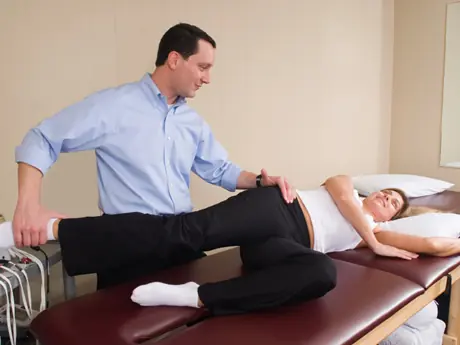Icing decreases pain and inflammation and enhances healing. This guide will make icing crystal clear, so you can heal faster and get back out on the pavement.
Don't: Ice Before You Run
1 of 7
Numbing a body part before running can block signals to your brain that would tell you to back off. This may cause you to alter your gait and form, increasing your risk for injury.
Find:
Your Next RaceDo: Apply Ice ASAP After a Run
2 of 7
Whether you suffer an acute injury or have a chronic issue, ice the area as soon as you get home. When applied immediately, ice decreases swelling and initiates healing.
Find:
Your Next RaceDon't: Leave It on Too Long
3 of 7
Don't ice for more than 20 minutes or you'll risk frostbite. If your skin looks red, it's a warning sign you're pushing it. Remove the ice once you feel numbness.
Find:
Your Next RaceDo: Leave It on for Long Enough
4 of 7
"If you ice less than 10 minutes, you'll cool your skin, but there will be minimal effect on underlying muscle tissue," Dykstra says. "Fifteen to 20 minutes is ideal."
Find:
Your Next RaceDon't: Call It Quits After One Day
5 of 7
An injury benefits from ice in the days following the trauma but one day isn't going to be enough to completely heal. If your symptoms worsen, or if your knee has been nagging you forever, see a doctor.
Find:
Your Next RaceDo: Continue Icing During the Day
6 of 7
To maximize the benefits, ice three to five times a day, with at least 45 minutes in between applications. This keeps tissue temperature low and minimizes inflammation.
Find:
Your Next RaceAbout the Author

Get ACTIVE on the Go


Couch to 5K®
The best way to get new runners off the couch and across the finish line of their first 5K.
Available for iOS | Android





Discuss This Article